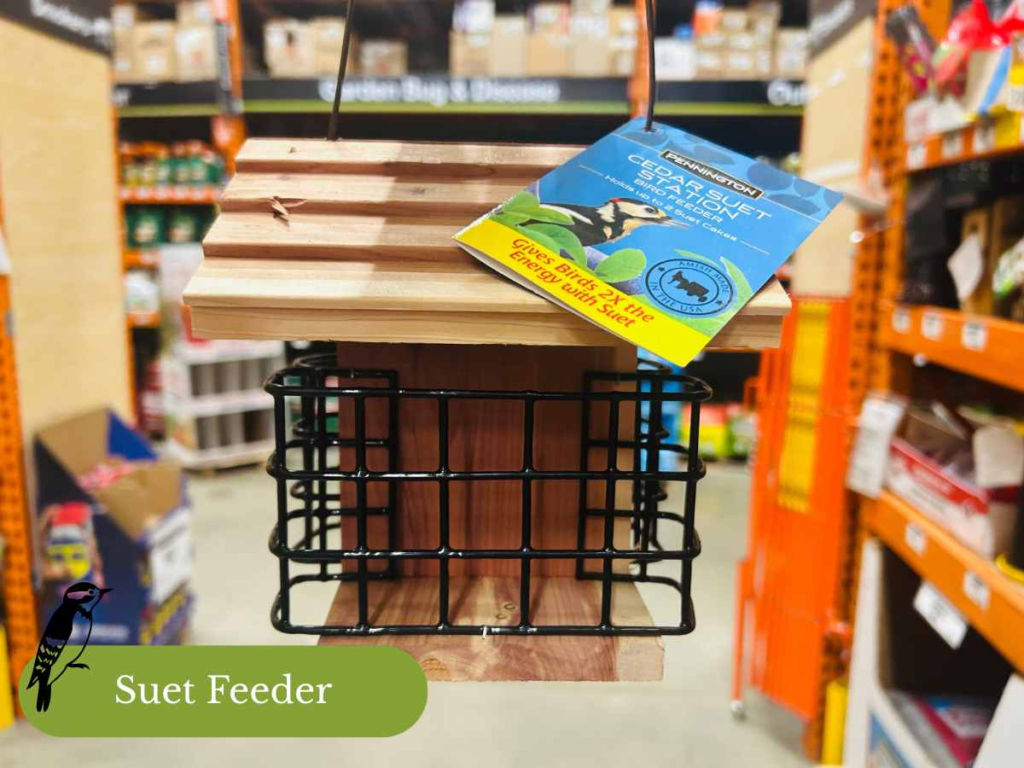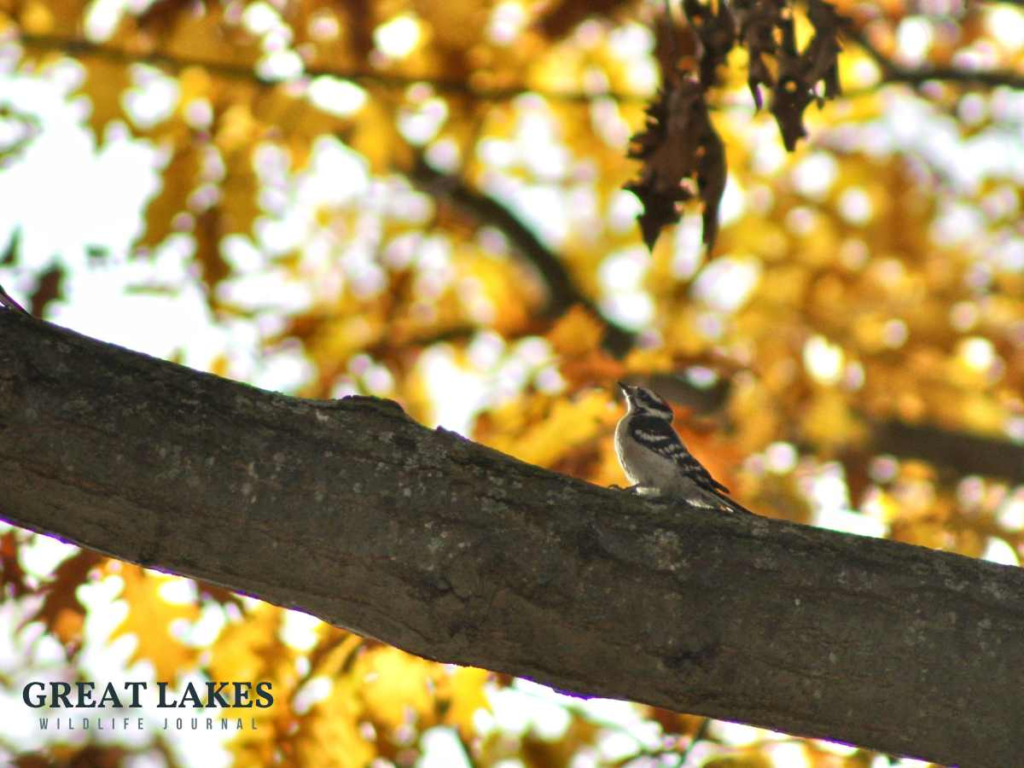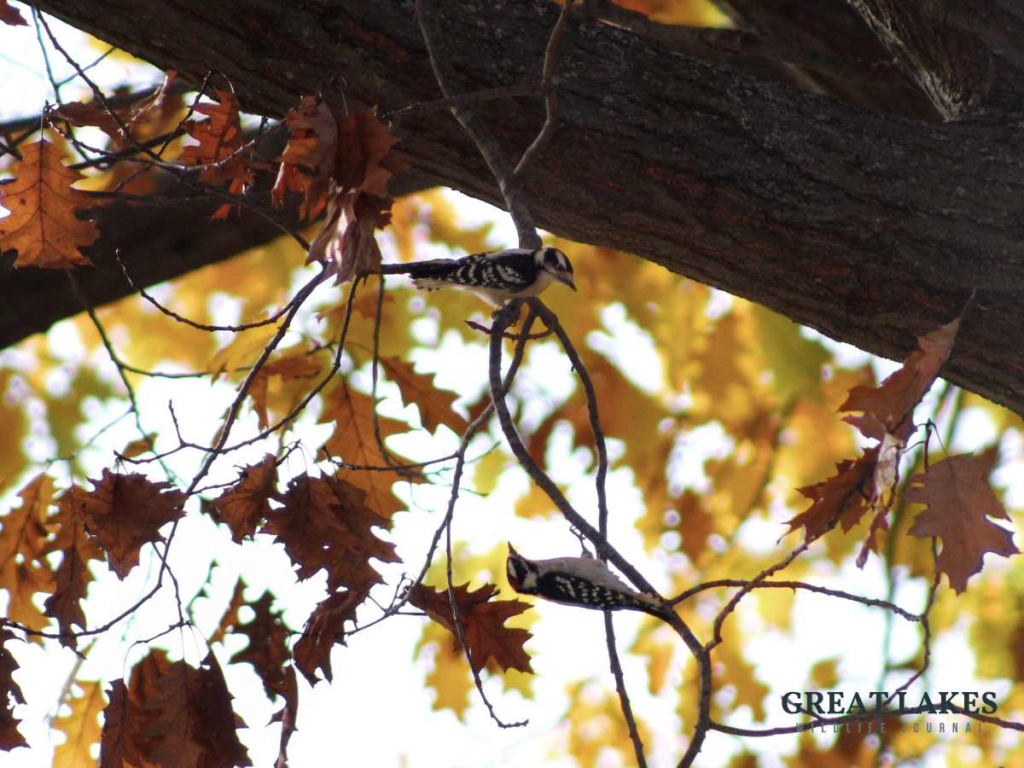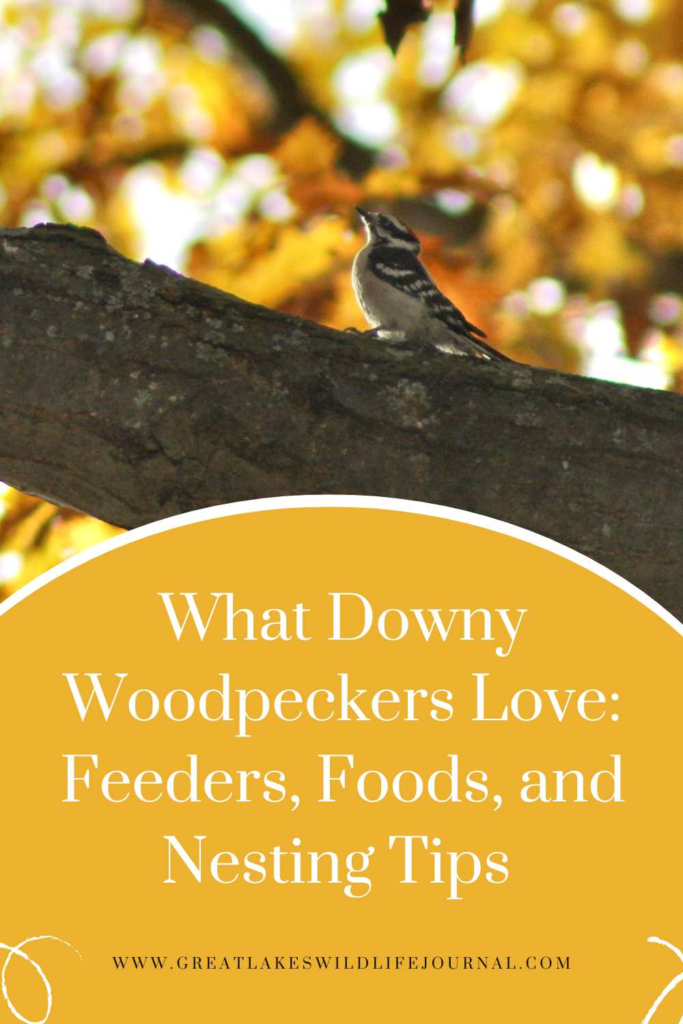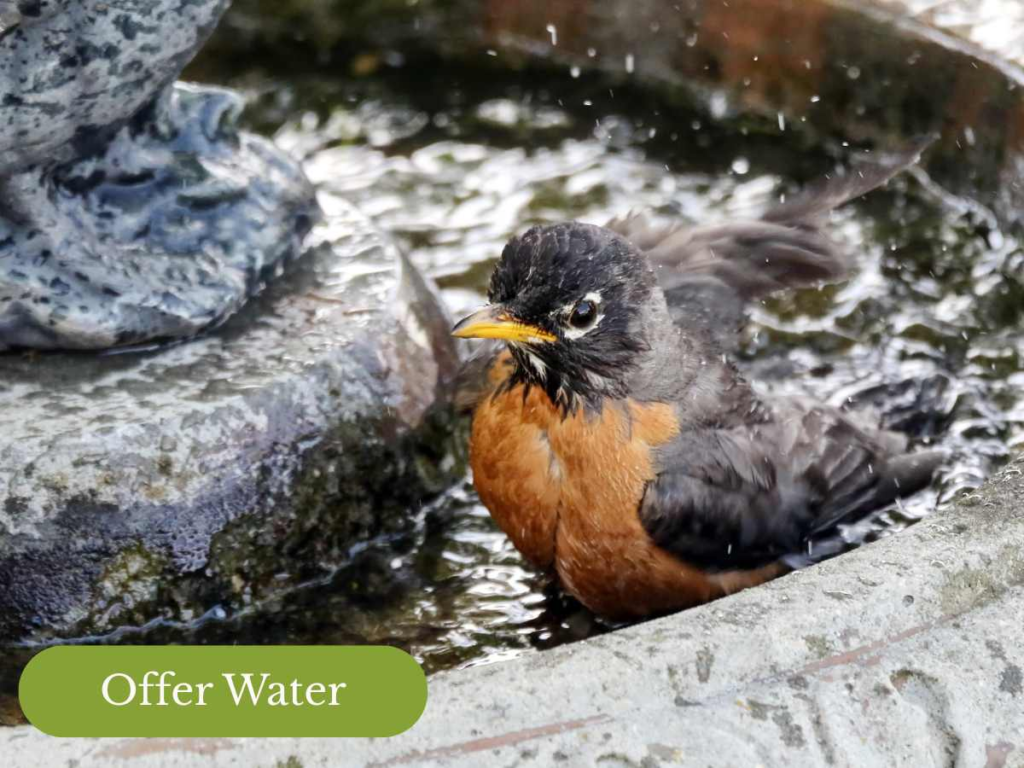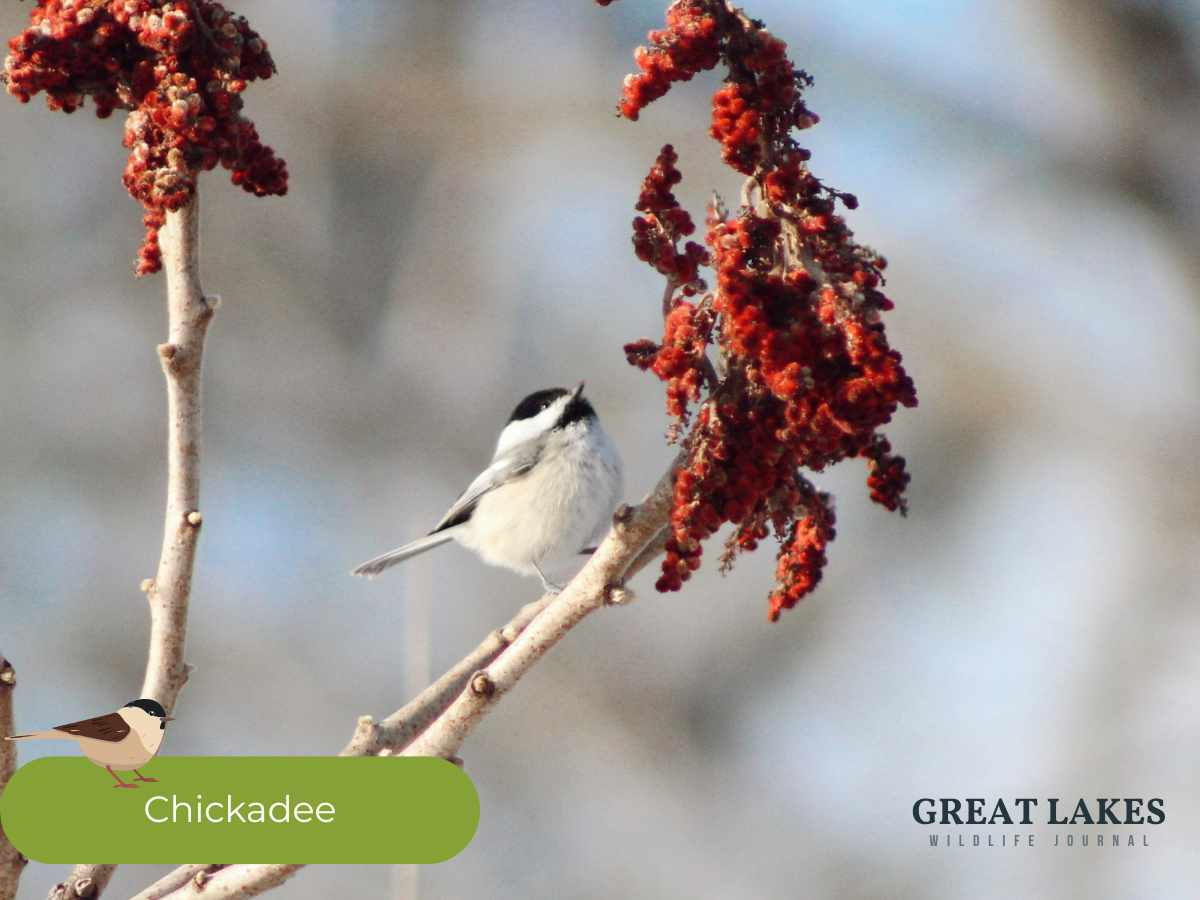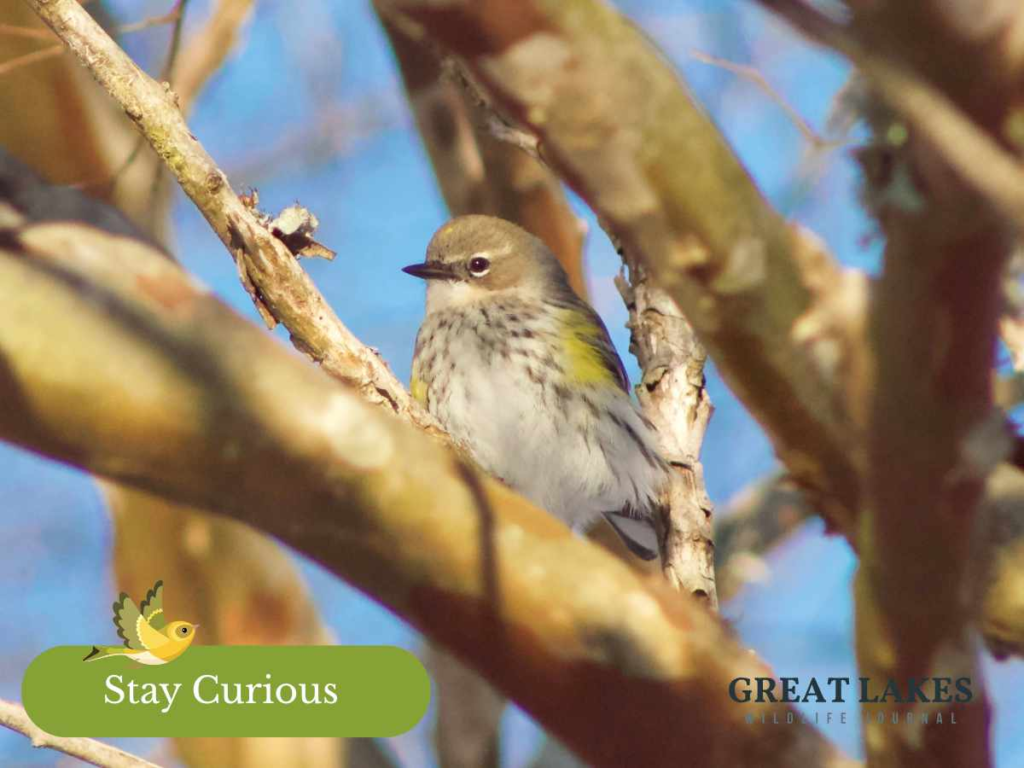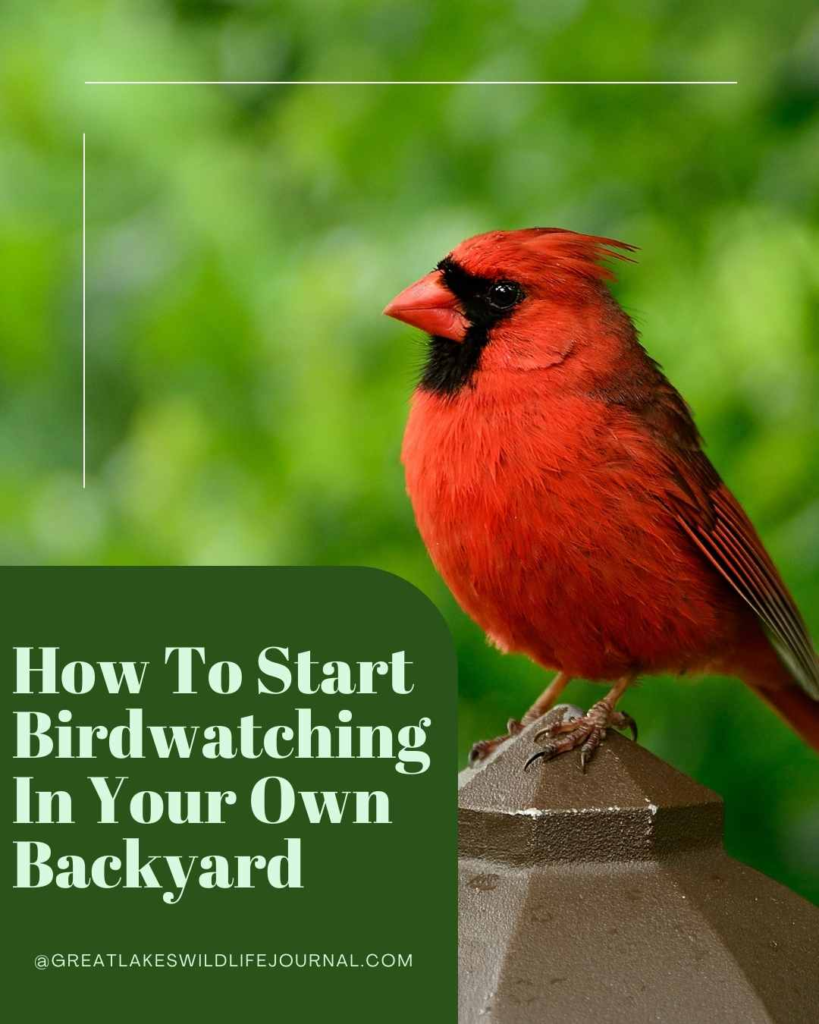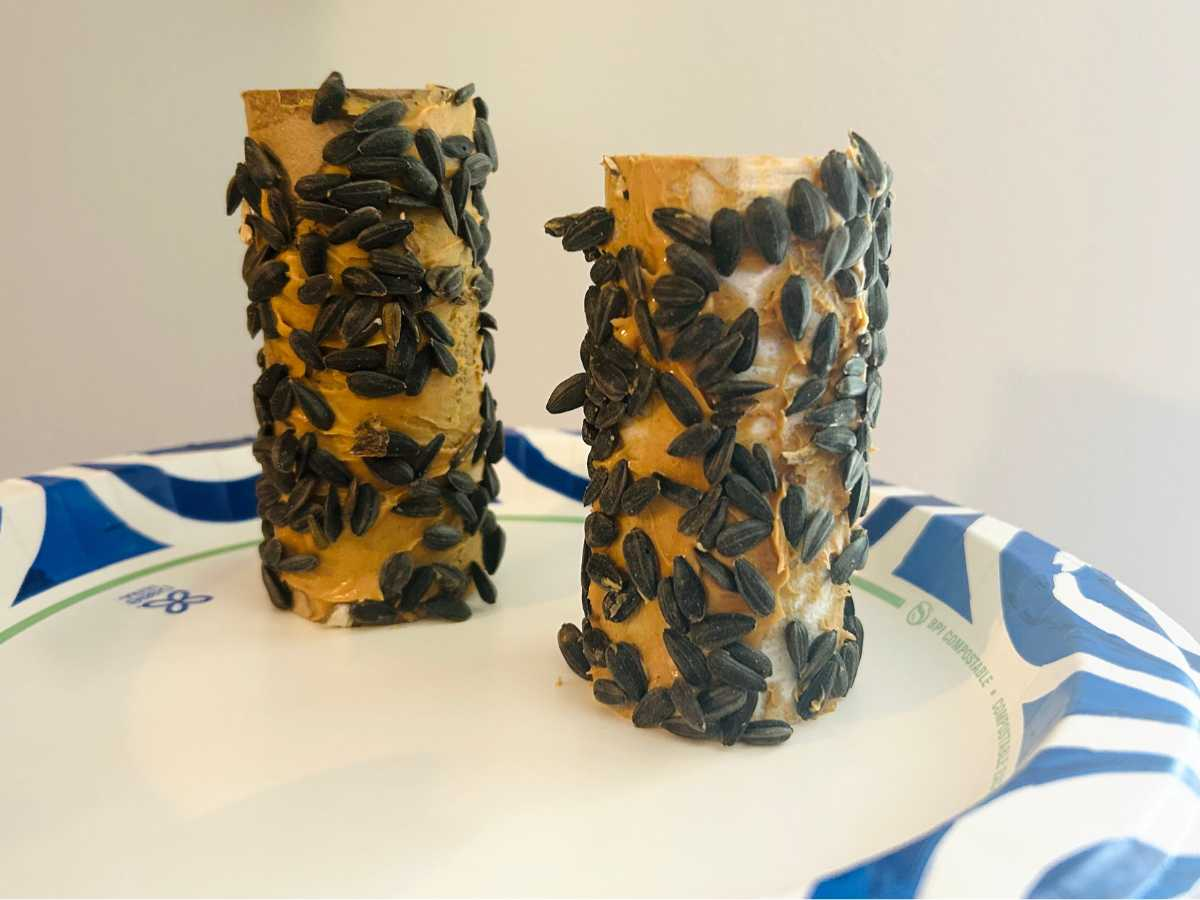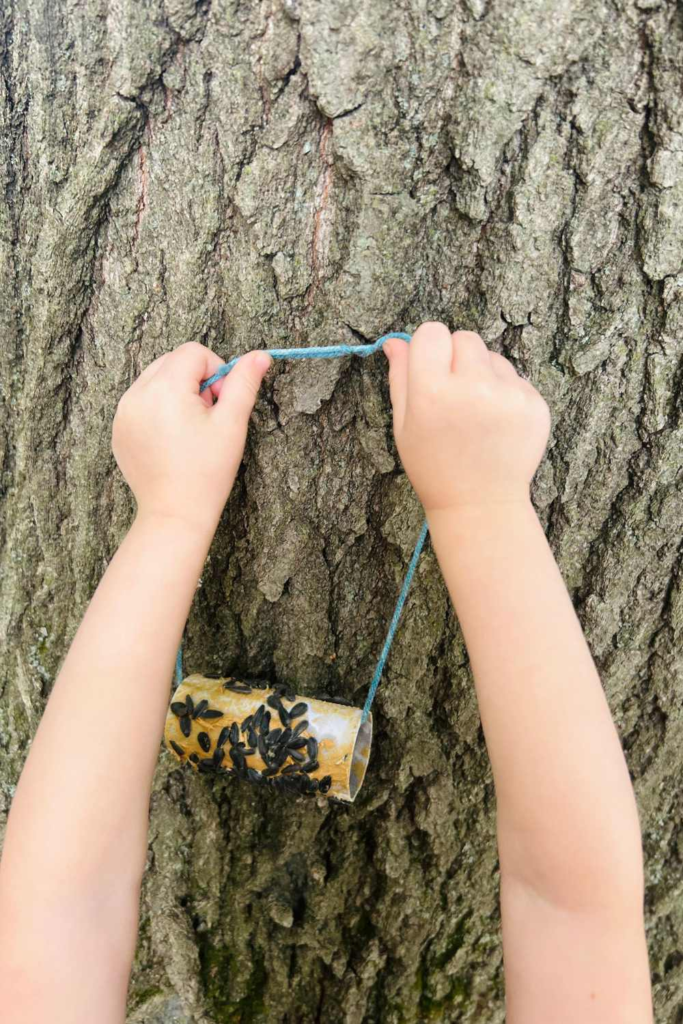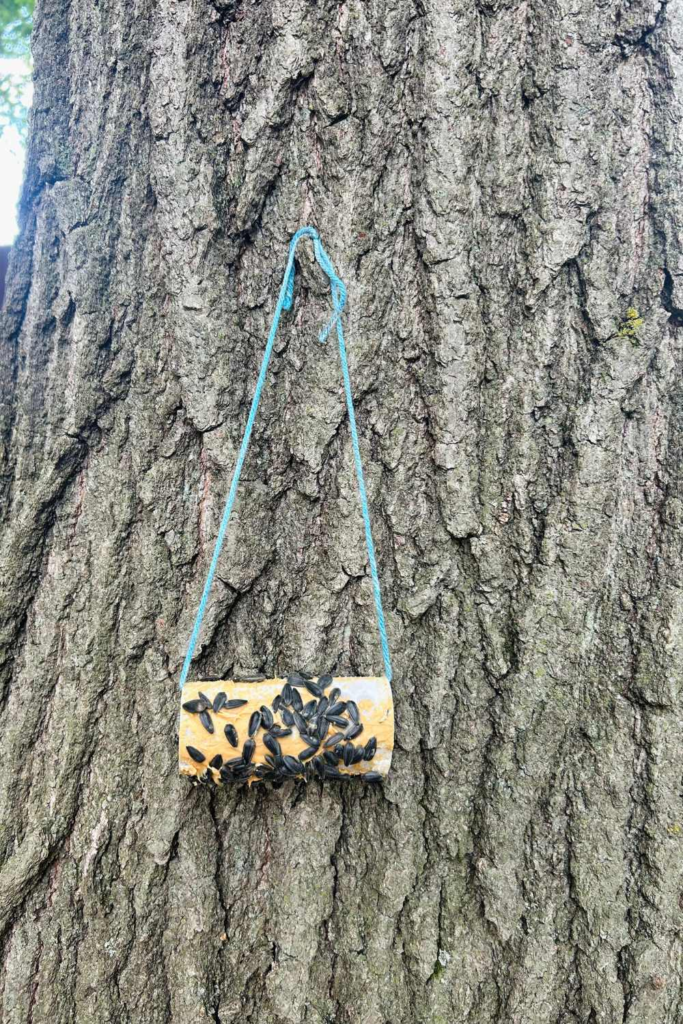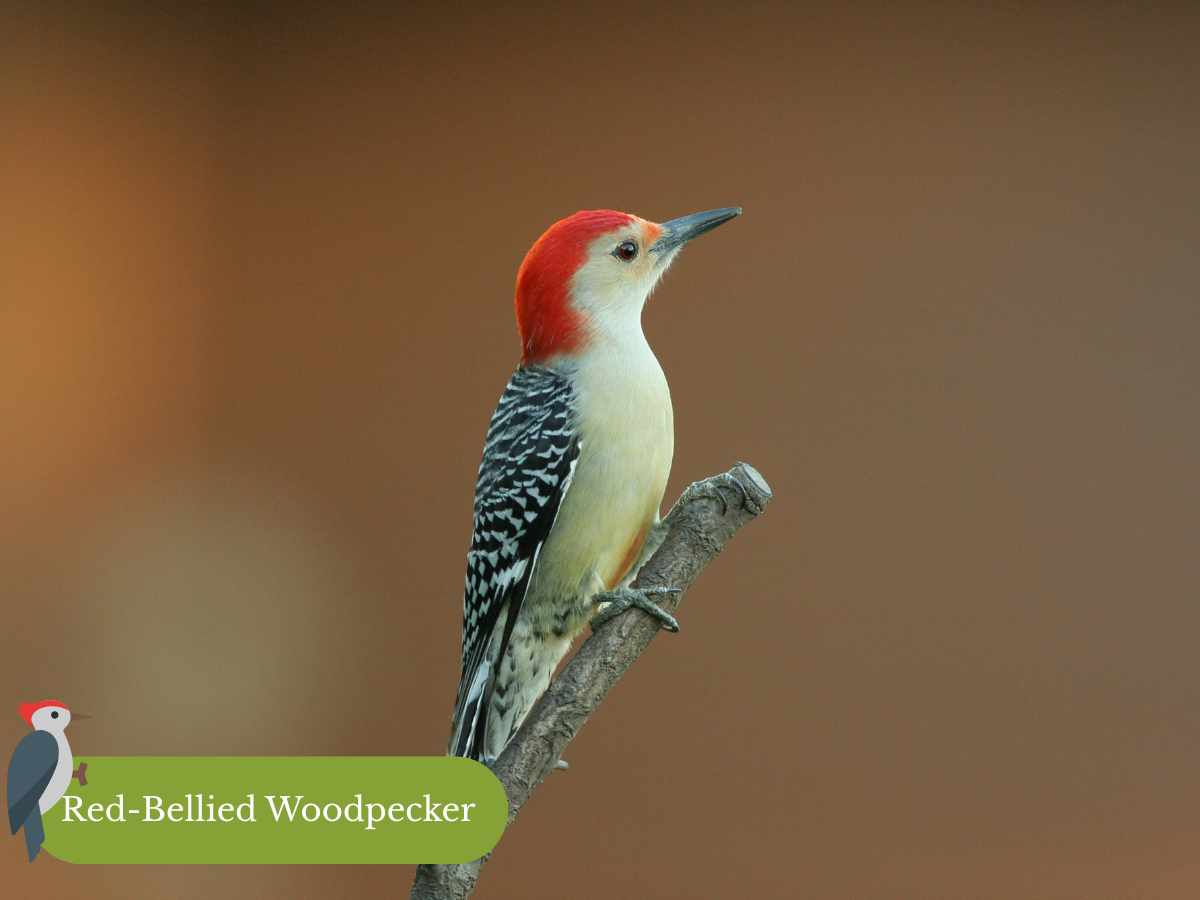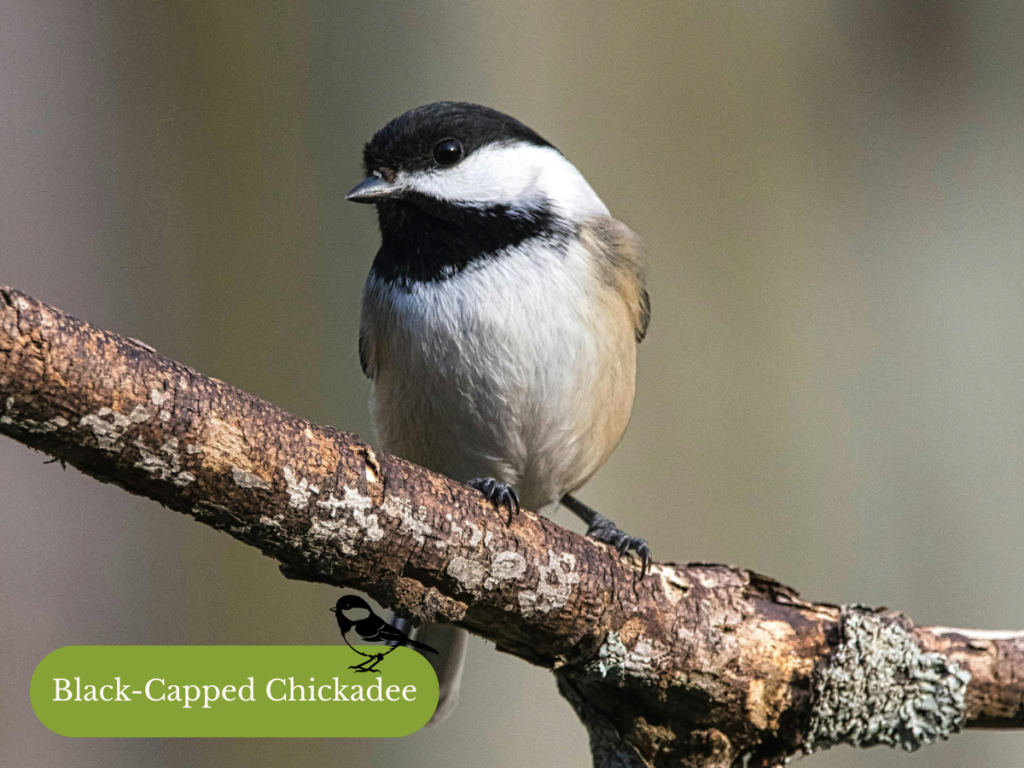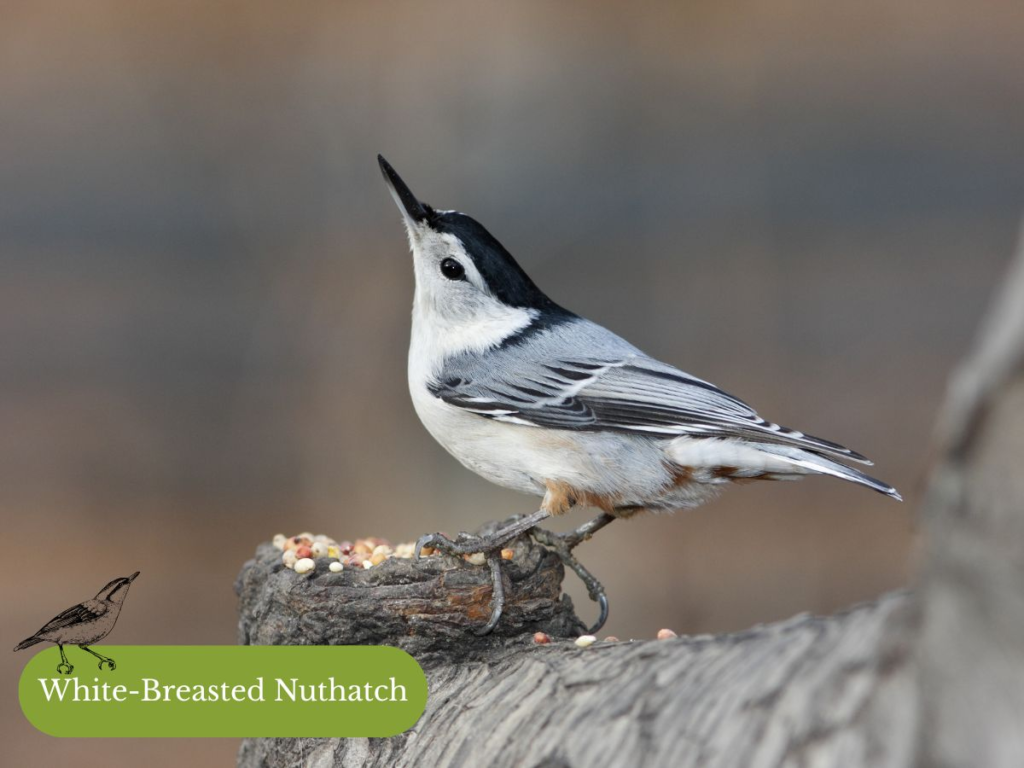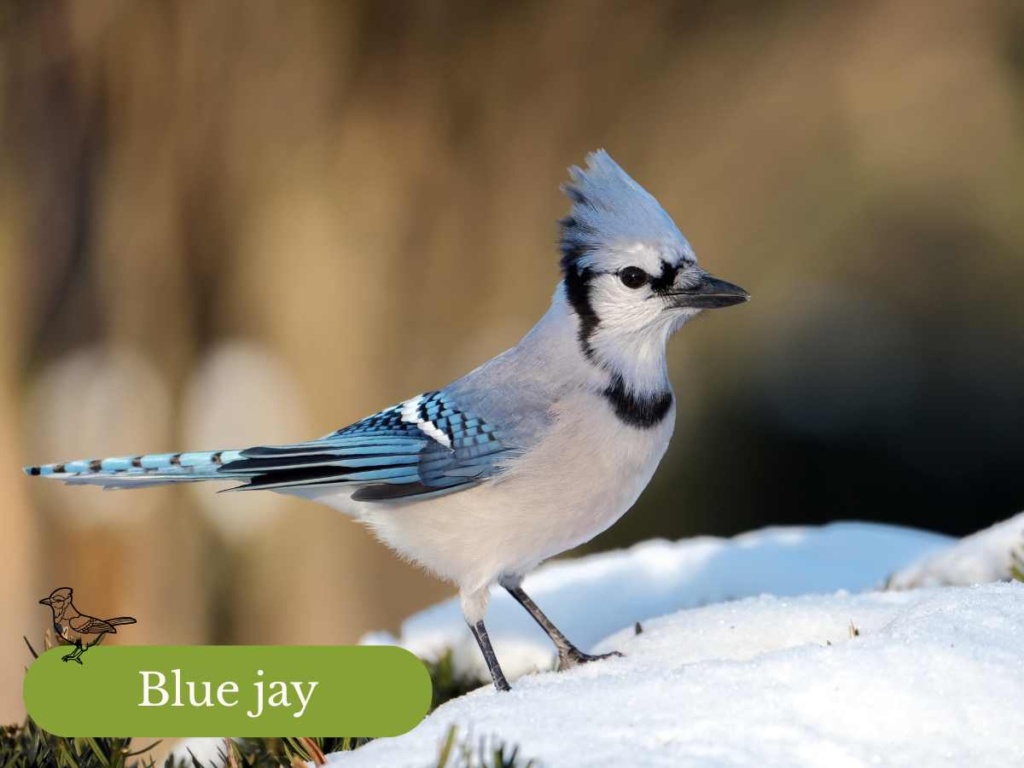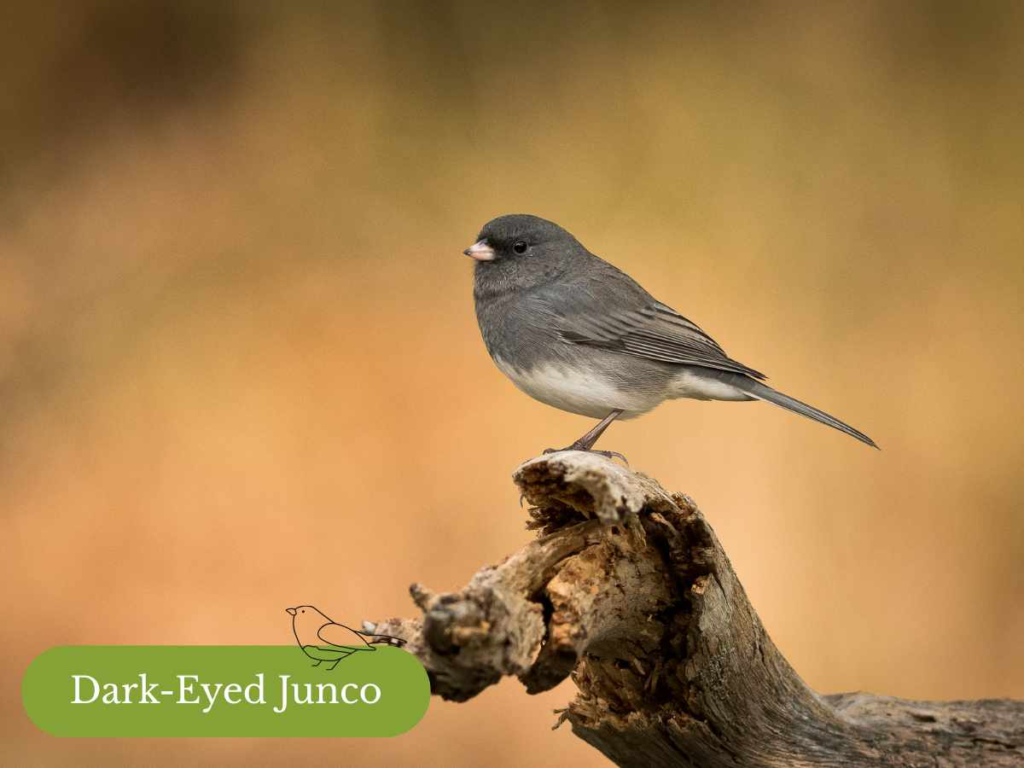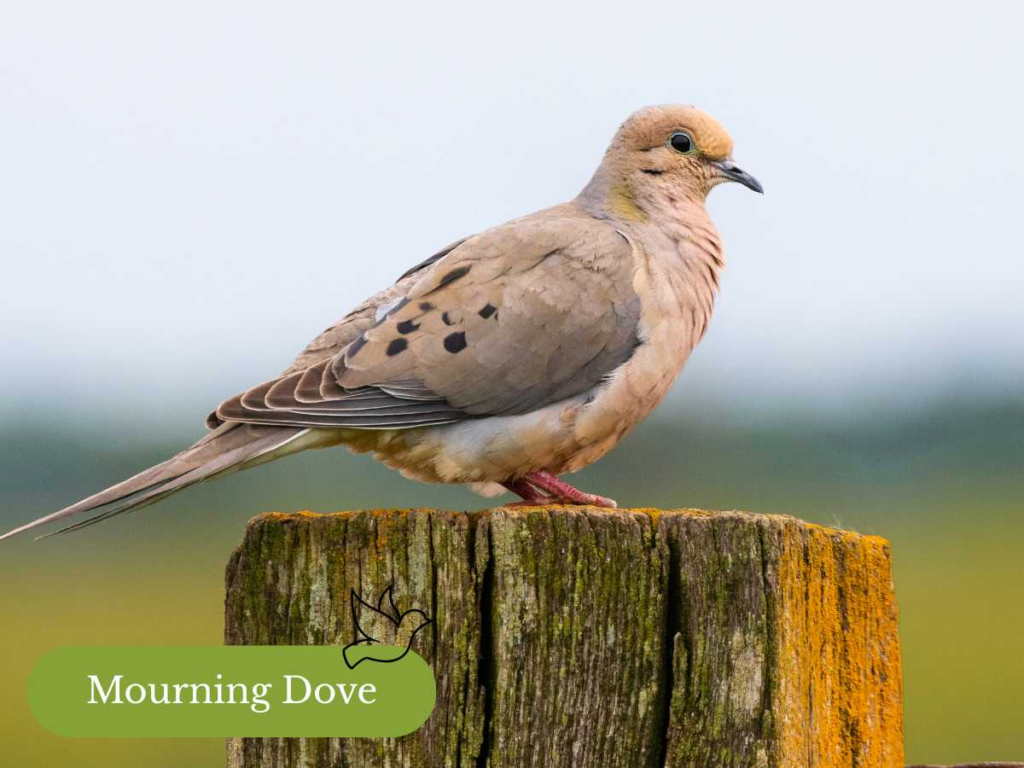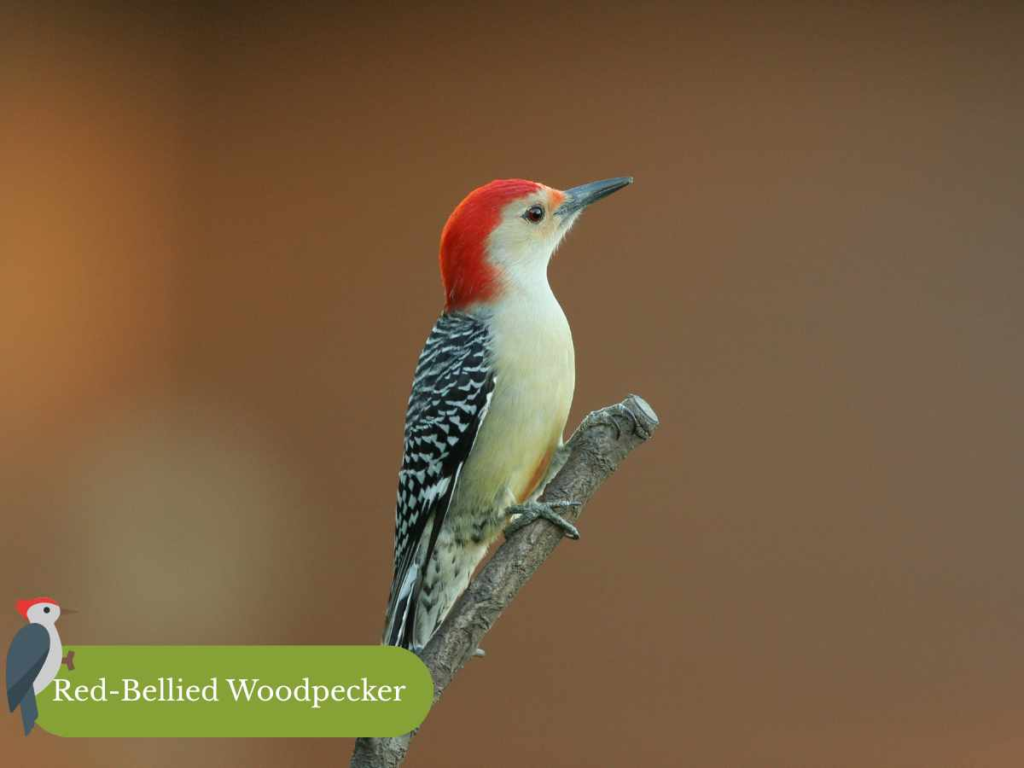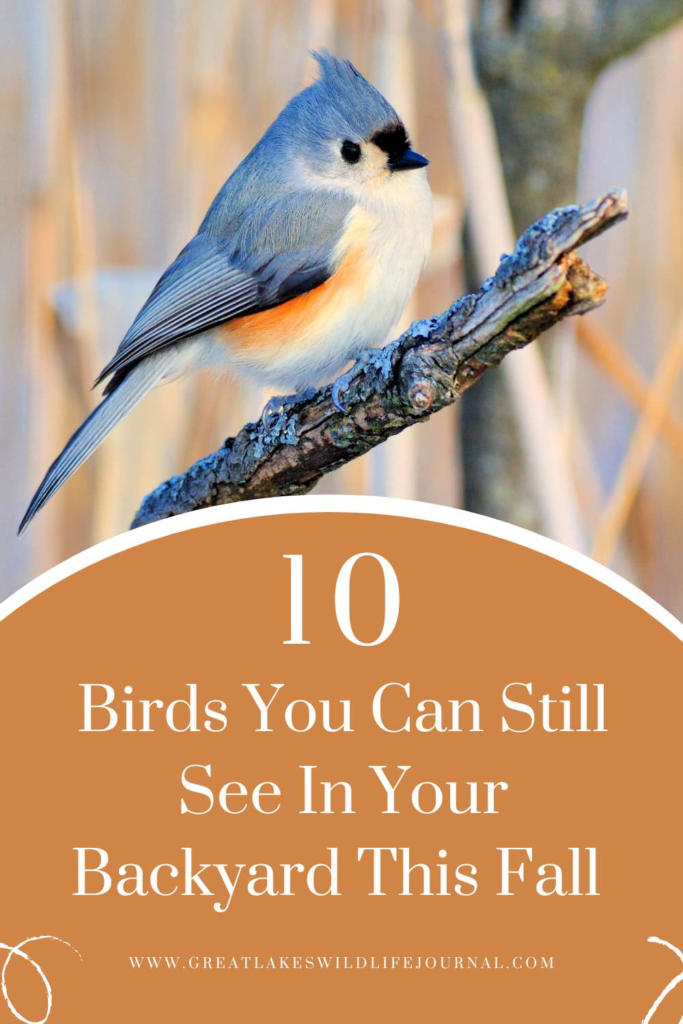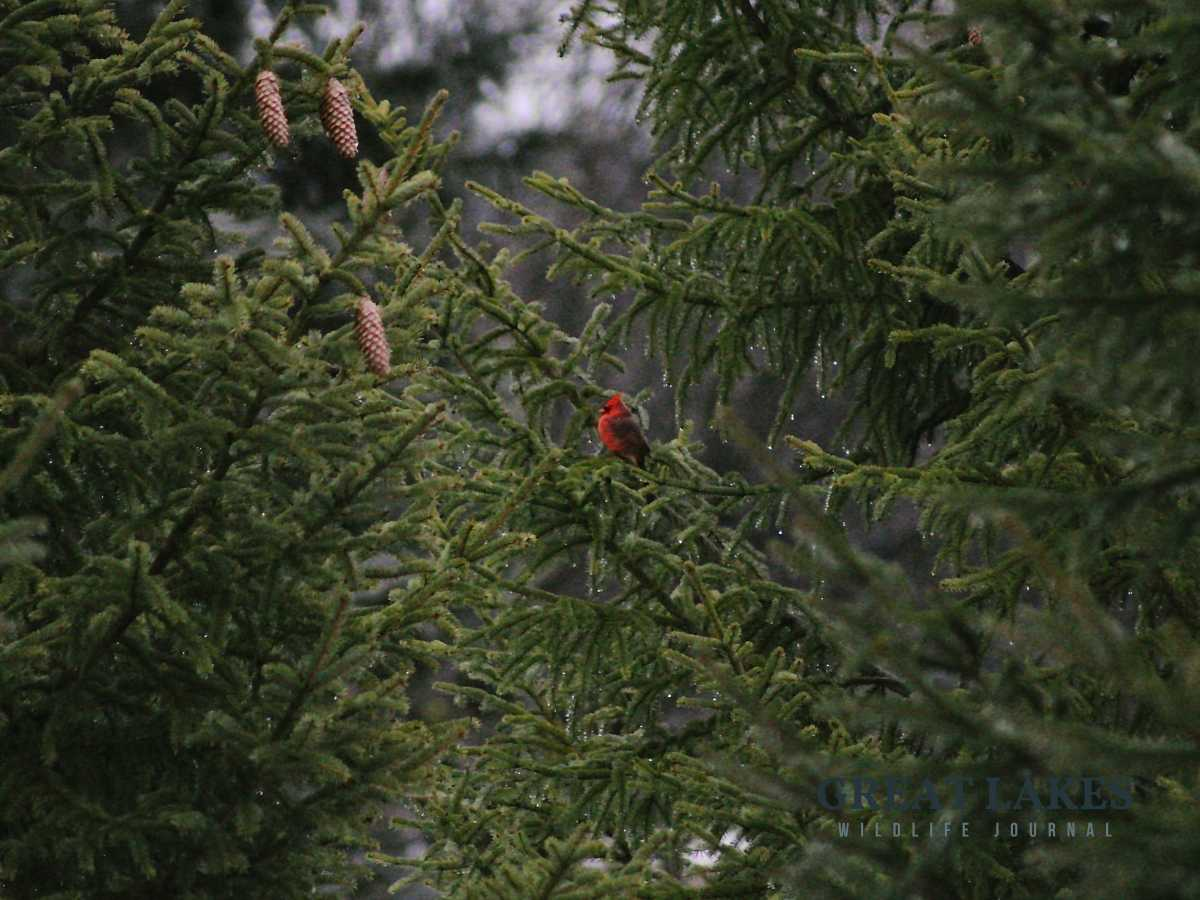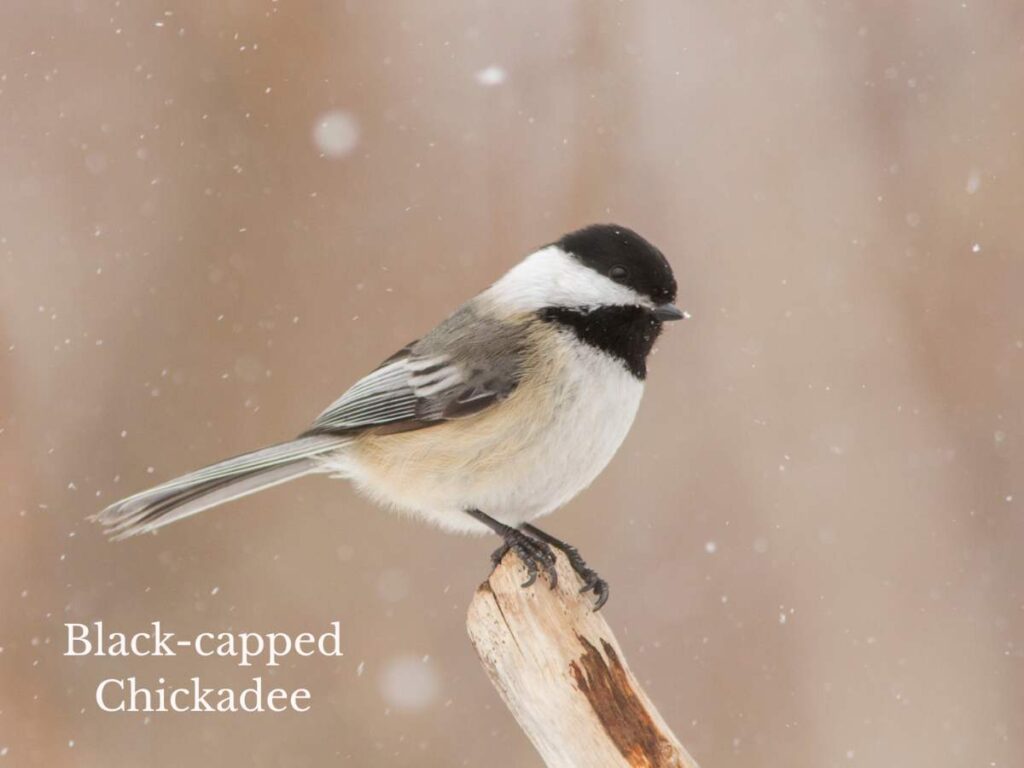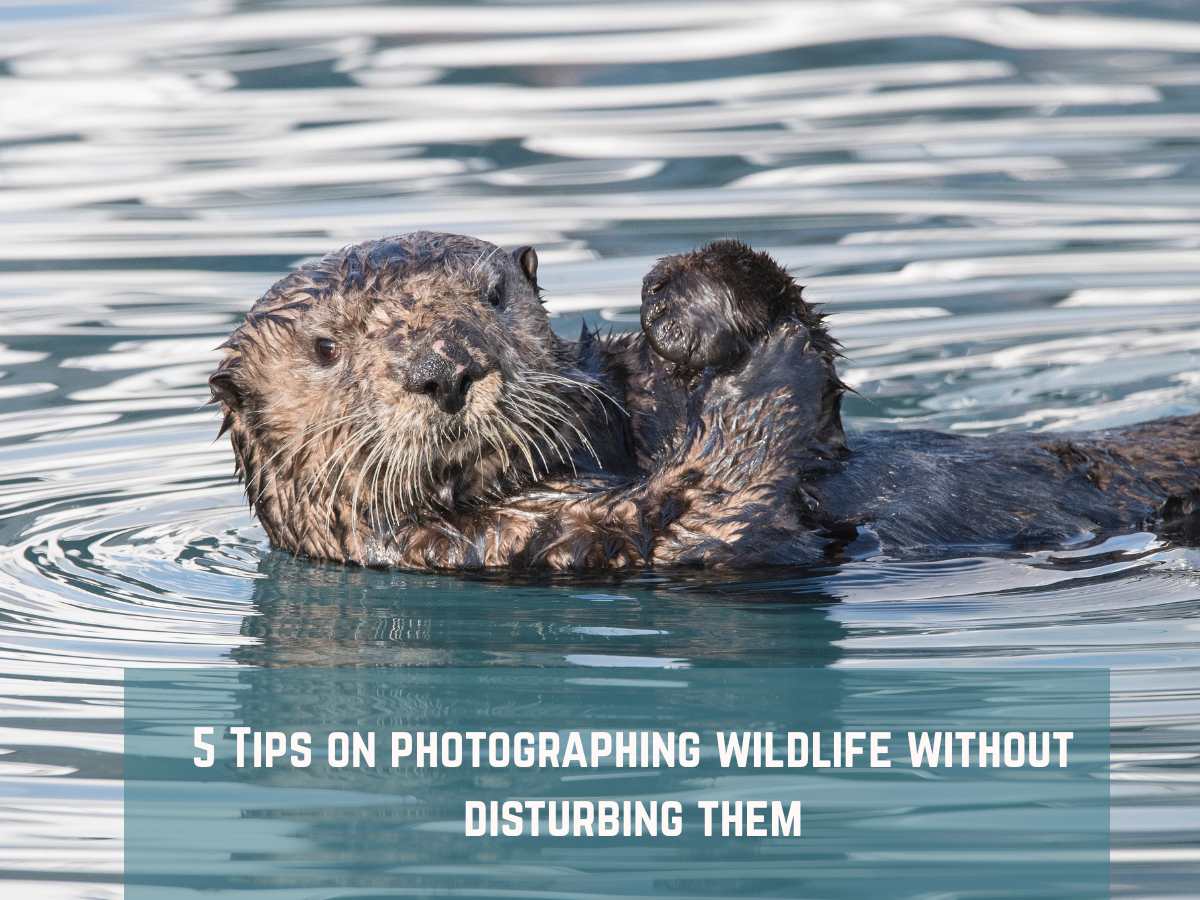Each spring and summer, the forests, wetlands, and shorelines of the Great Lakes region burst into song as colorful warblers arrive from their southern wintering grounds. These tiny, restless birds can be challenging to spot, but learning their markings, songs, and favorite habitats makes every sight rewarding.
Whether you’re exploring a lakeside trail or watching from your backyard, here are 10 warblers you can see in the Great Lakes region and tips to help you identify each one.
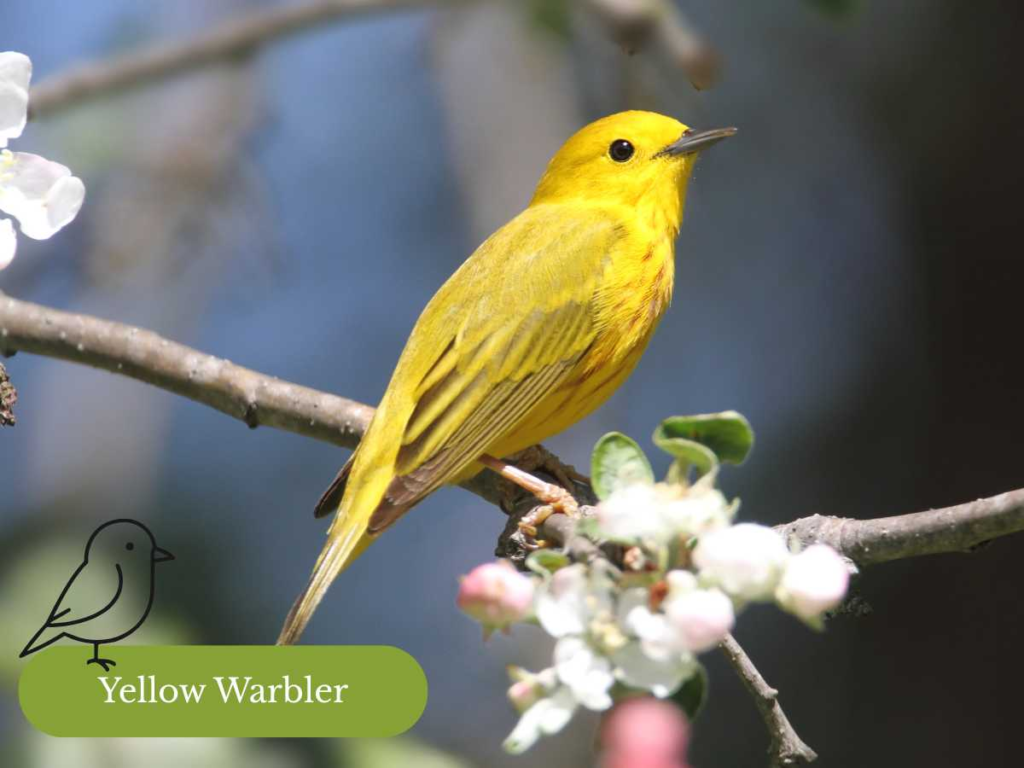
1. Yellow Warbler
How to identify: Bright lemon-yellow plumage with subtle chestnut streaks on the chest.
Where to find them: Shrubby wetlands, stream edges, and willow thickets.
Listen for: A cheerful “sweet-sweet-sweet, I’m so sweet!” song.
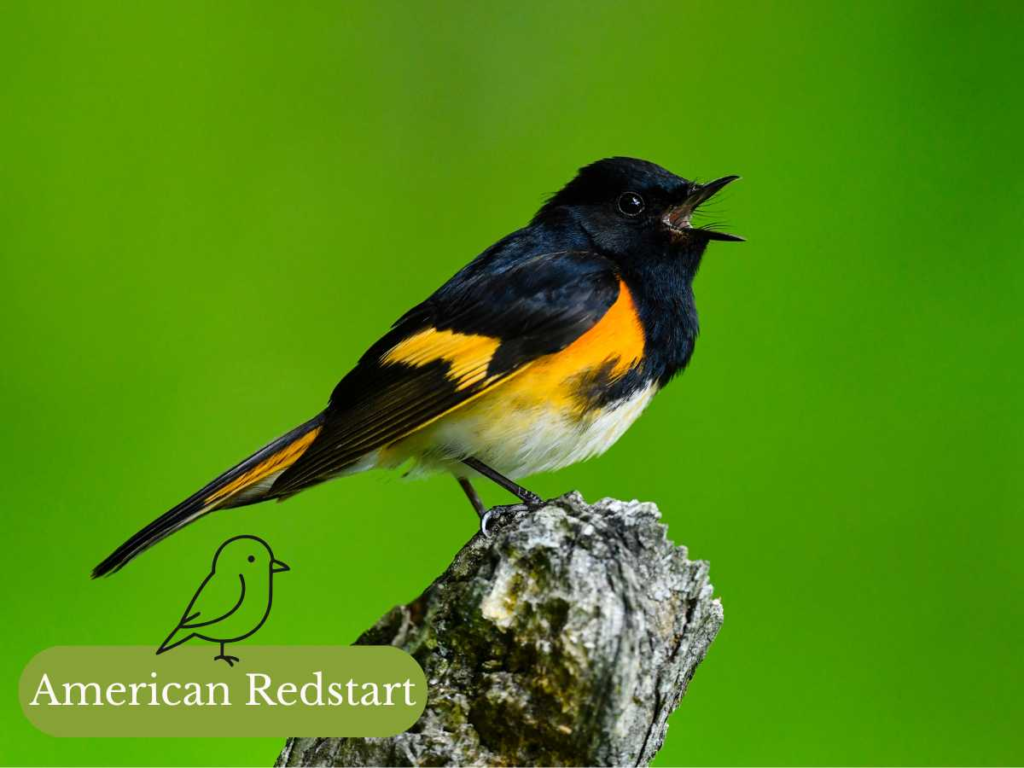
2. American Redstart
How to identify: Black (or gray in females) with bright orange patches on the wings and tail.
Where to find them: Deciduous forests and wooded backyards.
Behavior tip: They often fan their tails to flush insects.

3. Black-and-white Warbler
How to identify: Striking black-and-white stripes, like a tiny zebra.
Where to find them: Tree trunks and branches. This warbler creeps along bark like a nuthatch.
Listen for: A thin, squeaky song like a wheel turning: wee-see, wee-see, wee-see.

4. Common Yellowthroat
How to identify: Males wear a black “bandit” mask; females are plain yellow and olive.
Where to find them: Marshes, wet meadows, and brushy fields.
Listen for: The bouncy “witchety-witchety-witchety” call.
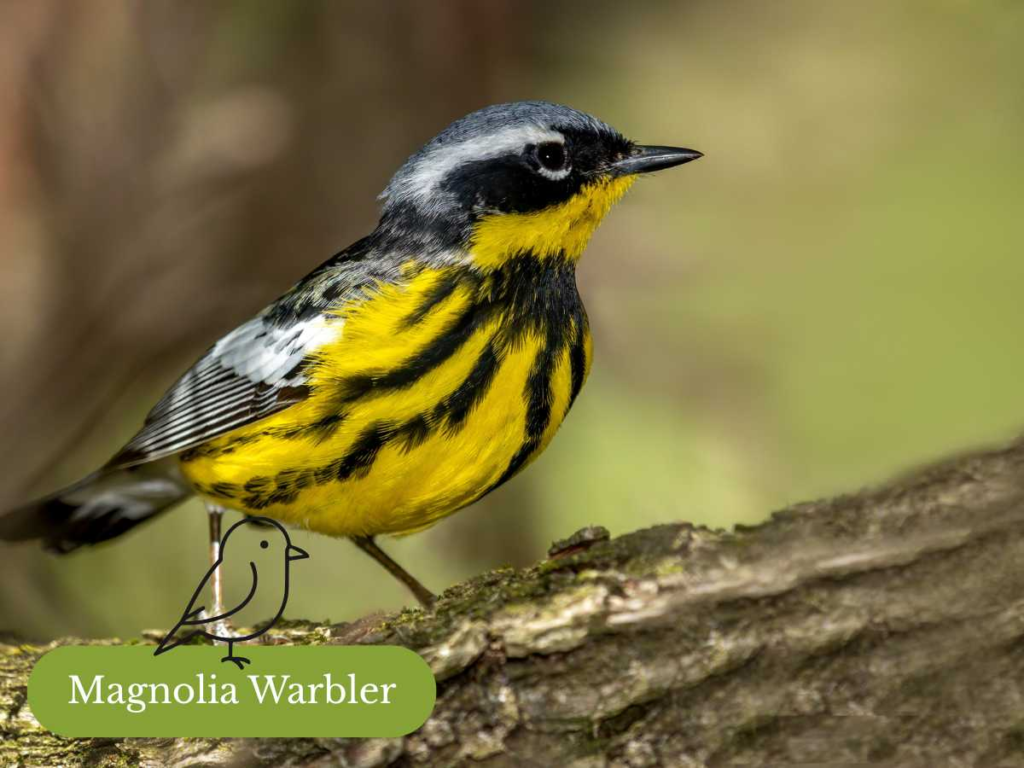
5. Magnolia Warbler
How to identify: Yellow chest with bold black streaks, white wing bars, and a gray back.
Where to find them: Coniferous forests and mixed woods during migration.
Fun fact: Despite the name, they don’t nest near magnolias, they were first spotted in one!
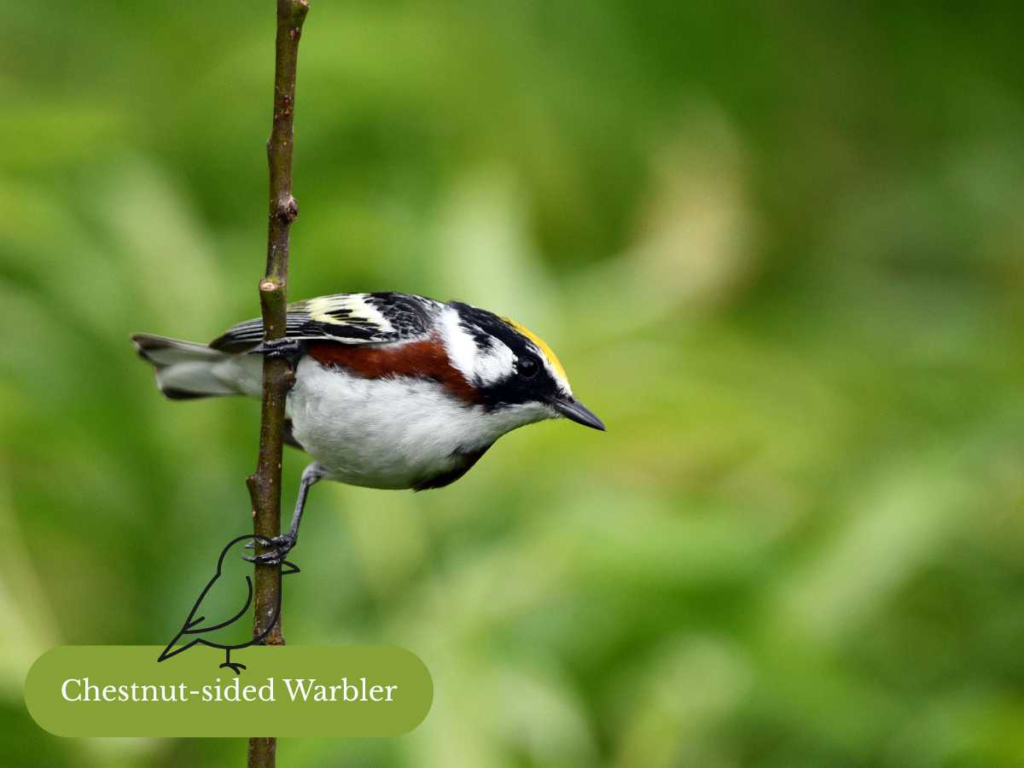
6. Chestnut-sided Warbler
How to identify: White underside with a chestnut stripe down the sides and a yellow crown.
Where to find them: Regenerating clearings and young forests.
Listen for: “Pleased, pleased, pleased to meetcha!”
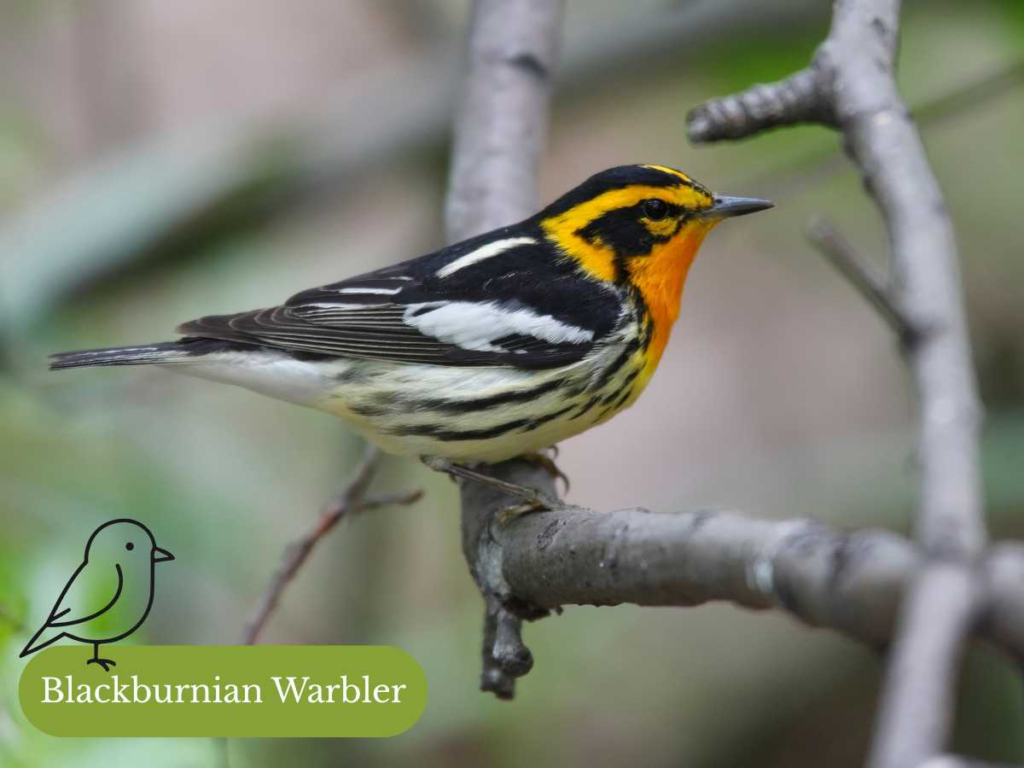
7. Blackburnian Warbler
How to identify: A fiery orange throat that glows in the canopy.
Where to find them: High in mature coniferous forests, often near hemlocks or spruces.
Pro tip: Look for them during migration when they forage lower.

8. Palm Warbler
How to identify: Brownish-olive above, yellow below, with a rusty cap and tail-wagging habit.
Where to find them: Open areas with scattered trees, especially during migration.
Behavior tip: That constant tail-bob gives them away.

9. Yellow-rumped Warbler
How to identify: Blue-gray back, yellow patches on the rump, sides, and crown.
Where to find them: Very adaptable. Seen in woods, parks, and backyards.
Fun fact: One of the few warblers that can digest waxy berries, allowing it to stay farther north in winter.

10. Black-throated Green Warbler
How to identify: Olive-green back, yellow face, and a bold black throat.
Where to find them: Coniferous and mixed forests, especially near lakes and streams.
Listen for: “Trees, trees, whispering trees.”

Final Tips for Spotting Warblers
- Go early: Morning light and activity are best for sightings.
- Listen first: Learn a few key songs. They’ll guide your eyes.
- Stay patient: Warblers move fast, but pausing quietly often brings them into view.
- Bring binoculars: A lightweight pair helps you catch those fleeting colors.
Want to read about 10 more birds you can see in this area? Click here to read.


